How Does a 3D Foot Scanner Assess High Arches?
Foot health is not only the foundation for walking and movement but also closely tied to the body’s overall biomechanical balance. Among various arch abnormalities, high arches are a common yet often overlooked issue. High arches can lead to uneven foot pressure distribution, causing fatigue, pain, and even serious sports injuries. Modern technology provides reliable support to address this problem, with foot scanners standing out as powerful tools for accurately evaluating high arches. Whether in medical diagnostics or everyday foot health management, 3D foot scanners play a vital role.
What Are High Arches?
High arches, or pes cavus, refer to an abnormally high arch on the inner side of the foot. This condition is often characterized by a prominent curved structure on the foot's sole. High arches can result from genetic factors, neuromuscular disorders, or prolonged improper gait patterns. Individuals with high arches often experience foot pain, discomfort while walking, and concentrated pressure on the outer edges of their feet. In severe cases, this condition can lead to ankle sprains or skeletal deformities. Therefore, early detection and proper evaluation of high arches are crucial.
The Core Functions of a 3D Foot Scanner
A 3D foot scanner is a cutting-edge device that quickly captures three-dimensional data of the foot and generates detailed digital models. Its unique advantages make it an indispensable tool for assessing high arches, offering users precise and visual diagnostic insights. Here are the key roles a 3D foot scanner plays in evaluating high arches:
Accurate Measurement of Arch Height
A 3D foot scanner comprehensively captures the shape of the arch and creates a 3D model. This model provides accurate measurements of arch height, curvature, and width, offering reliable data for identifying high arches. With the help of visualized 3D images, users can clearly see the condition of their arches without relying on complex professional terminology.
Evaluating the Indirect Impact on Pressure Distribution
Although 3D foot scanners do not directly measure foot pressure, their 3D data reveals how high arches affect foot structure. For instance, high arches often result in excessive pressure on the forefoot and heel. By examining changes in the 3D model of the arches, doctors can analyze pressure-concentration areas and recommend appropriate solutions.
Identifying Gait Abnormalities
High arches are often accompanied by gait issues such as lateral walking or ankle inversion. The 3D models generated by foot scanners help doctors identify the root causes of these gait abnormalities and provide specific corrective recommendations.
Monitoring Treatment Progress
In the process of correcting high arches, a 3D foot scanner is more than just a diagnostic tool. Regular scans can track dynamic changes in the arch's shape, enabling doctors to monitor treatment progress and adjust plans. This real-time monitoring is essential for improving correction efficiency and reducing treatment time.
Applications of 3D Foot Scanners in High Arch Assessment
Medical Diagnosis and Rehabilitation
3D foot scanners are widely used in the medical diagnosis and rehabilitation of high arches. Doctors utilize the detailed data collected by the scanner to create personalized treatment plans tailored to the patient’s specific needs. For example, designing custom orthotics or recommending specific foot exercises rely heavily on the accurate data provided by 3D foot scanners.
Sports Medicine and Gait Analysis
For athletes, high arches can negatively impact their performance and overall health. 3D foot scanners help athletes understand their arch condition and optimize their movement patterns. For instance, during running or jumping, high arches may cause excessive pressure on the forefoot, and the scanner's data provides a scientific basis for addressing these issues.
Monitoring Arch Development in Children
Children's arches are still developing, and high arches may result from genetic or developmental issues. A 3D foot scanner allows parents and doctors to detect problems early and take appropriate measures. This proactive approach can help restore normal arch shapes, benefiting the child’s foot health and preventing future complications.
Managing Foot Health in the Elderly
As people age, their feet may experience skeletal deformities or muscle weakness, and high arches are relatively common among older adults. A 3D foot scanner provides comprehensive evaluations for elderly foot health, helping to create care plans that alleviate pain and improve quality of life.
Advantages of 3D Foot Scanners for High Arch Assessment
Non-Invasive Testing
Using optical or laser technology, 3D foot scanners perform scans without direct contact with the foot. This non-invasive method is particularly suitable for children and the elderly, reducing discomfort during the examination and avoiding potential data errors associated with traditional methods.
High-Precision Data Analysis
The high resolution of 3D foot scanners allows them to capture even minor changes in arch shape, providing unparalleled accuracy for diagnosing high arches. Whether dealing with mild abnormalities or significant arch deformities, scanners present clear and detailed results.
Speed and Convenience
Modern 3D foot scanners are typically designed for ease of use and rapid operation. Users can stand on the scanner and have their data collected in seconds. This efficiency makes scanners suitable not only for medical facilities but also for sports clubs or home use.
Intuitive Visualization of Results
The 3D images produced by scanners are easy for both doctors and patients to understand. By observing the 3D model, users can clearly grasp the condition of their arches, enhancing acceptance of treatment or corrective measures.
The Future of Foot Scanning Technology
With continuous technological advancements, 3D foot scanners are evolving rapidly. For instance, more portable devices are being developed, allowing consumers to monitor their arch health anytime, anywhere. Additionally, artificial intelligence is being integrated into scanner systems to deliver smarter analysis reports. Foot scanning technology incorporating virtual reality (VR) or augmented reality (AR) could allow users to visualize arch data directly through wearable devices, further enhancing convenience and interactivity.
High arches are a complex foot health issue, and early detection and intervention are essential for prevention and treatment. The advent of 3D foot scanners has provided an advanced, convenient solution for scientifically assessing high arches. From medical diagnosis to sports rehabilitation and personal health management, these scanners are expanding their range of applications.
Whether for ordinary individuals or professional athletes, understanding the state of foot health has a significant impact on the quality of life. With 3D foot scanners, we can better understand the characteristics of high arches and take timely action to improve overall health. As technology continues to develop, these devices will play an even greater role in foot health, providing a solid foundation for everyone to step toward a healthier life.

 +86-0755-86131192
+86-0755-86131192 2024-11-22
2024-11-22 Back to list
Back to list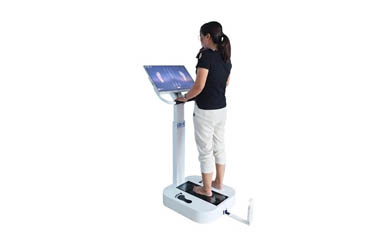
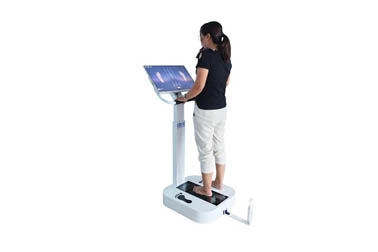
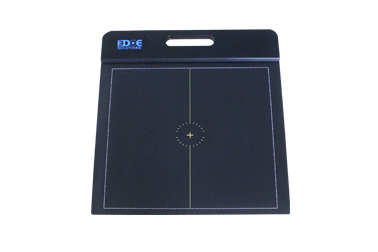
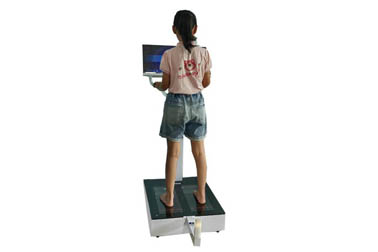
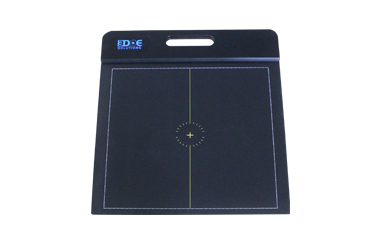
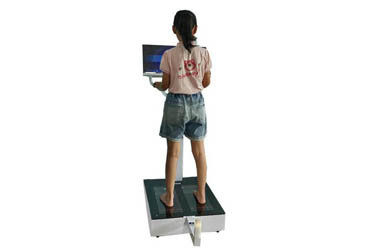



 +86-0755-86131192
+86-0755-86131192